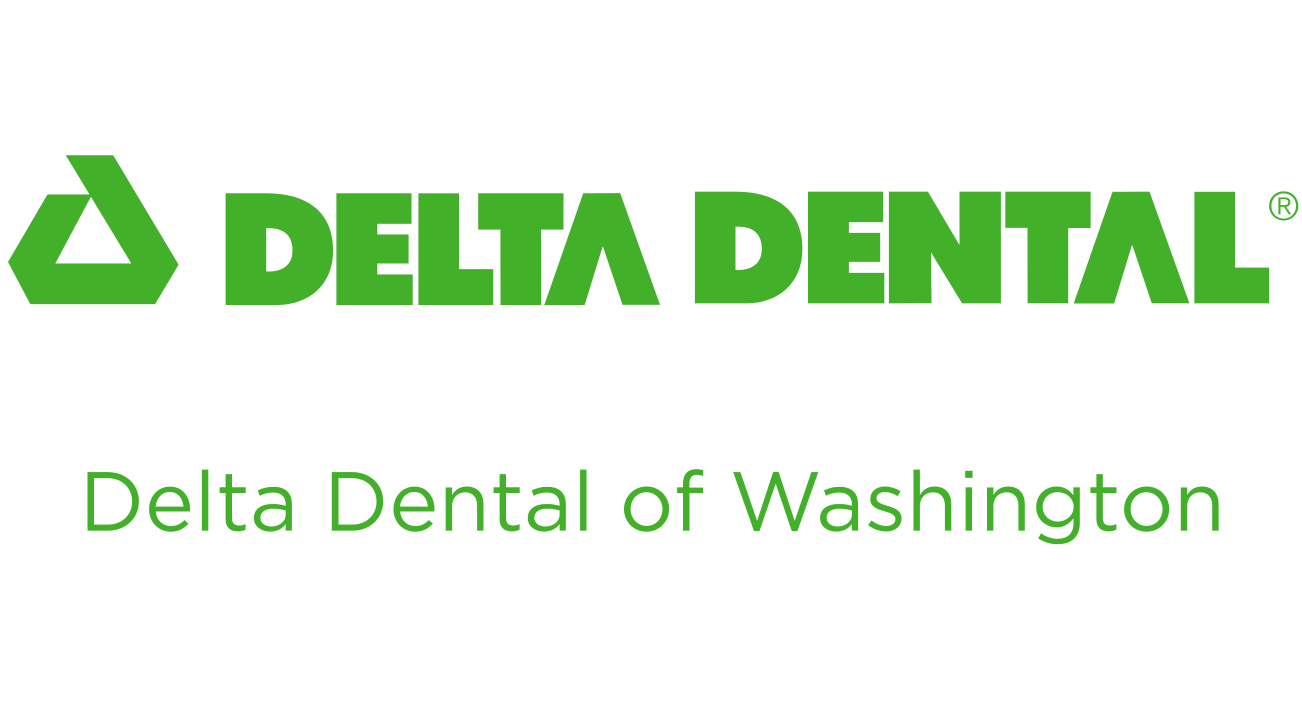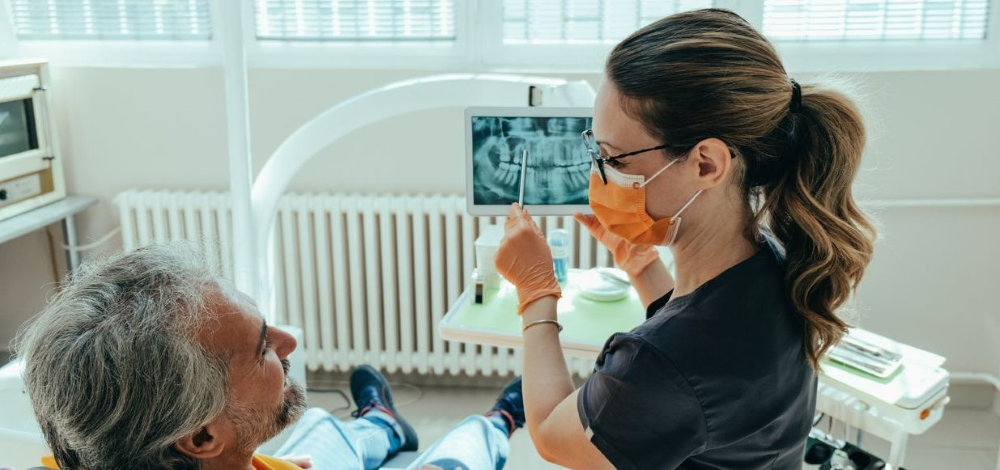What is oral cancer?
Mouth cancer, also referred to as oral cancer or oral cavity cancer, affects the inside of the mouth. It can affect many different areas, including your lips, gums, tongue, the area below your tongue, the inner lining of your cheeks, and the roof of your mouth. The symptoms can be visible, such as a sore on your lip or mouth that lasts for many weeks without healing, a white or red patch in the interior of your mouth, or a growth or lump inside your mouth. It may also present as mouth or ear pain, or difficulty swallowing.
Oral Cancer Prevention:
While there is no proven way to prevent oral cancer, there are many basic, healthy lifestyle habits that greatly reduce your risk of developing the disease. The good news is, developing these habits doesn’t require any special equipment or expertise, and will contribute to your overall wellbeing. In addition to lowering your risk of various types of cancer, they’ll help you feel better on a day-to-day basis.
The risk factors of oral cancer
While there is no proven way to prevent oral cancer, there are many basic, healthy lifestyle habits that greatly reduce your risk of developing the disease. The good news is, developing these habits doesn’t require any special equipment or expertise, and will contribute to your overall wellbeing. In addition to lowering your risk of various types of cancer, they’ll help you feel better on a day-to-day basis.
Tobacco
One of the most crucial ways to limit your risk of oral cancer is to avoid smoking cigarettes (including e-cigarettes), cigars, and using other tobacco products such as chewing tobacco. The risk of getting oral or oropharyngeal cancer is significantly higher if you smoke. In fact, most people with these cancers have a history of using tobacco. Moreover, the more you smoke or chew, the higher your risk of developing oral cancer.
Diet
Eating a nutritious, balanced diet is a great way to help lower your risk of developing mouth and throat cancer. Studies have shown that fruits and vegetables can reduce the risk of oral cancer. What’s more, quantity matters---making healthy foods a bigger proportion of your diet has more impact than only eating them occasionally. Experts recommend consuming five servings of produce per day.
Alcohol
Drinking alcohol can greatly increase your risk of developing cancer in the mouth and throat, especially if you drink heavily and often. Note that the combination of drinking and smoking is especially harmful, as drinking increases the cancer-causing effects of tobacco. People who both drink and smoke heavily have a roughly thirty times greater risk of developing head and neck cancer compared to people who do not drink or smoke.
HPV
Certain kinds of human papillomavirus (HPV) can cause mouth and throat cancer. Most commonly, HPV type 16 is linked to cancer in the oropharynx. Having HPV can cause cancer even in populations who would otherwise be at lower risk, such as younger people who do not have a history of smoking or heavy alcohol use.
How can I get tested for oral cancer?
Early detection is key for better health outcomes in oral cancer patients. In many cases, patients can make a full recovery if oral cancer is caught early enough.
Luckily, an oral cancer screening is as simple as it is effective.
When you have an oral cancer screening, a dentist or doctor will begin by looking inside your mouth to check for anything unusual, such as bumps, discolored or swollen areas. A thorough exam should include your entire mouth including your gums, tongue, inner cheeks, and the top and bottom of your mouth. They will also look at the outside of your neck, cheeks, and jaw. The test is usually very quick and noninvasive. If your dentist finds any sign of cancer, they may move on to a different kind of test:
- They may use a blue stain (called toluidine) to cover areas in your mouth, as the parts that stain darker are more likely to be cancerous or precancerous.
- They may recommend you use a fluorescent mouth rinse and then look in your mouth with a special light, as this will make abnormal tissue easier to see.
- They may use a brush or small stick to gently scrape the inside of the mouth, tongue, or lips. In doing so, they collect a sample of cells that can be examined under a microscope.
Who can perform an oral cancer screening?
An oral cancer screening can – and should – be done by your regular family dentist. It is a simple procedure that should be part of any routine preventive dentist visit. If your dentist hasn’t conducted a cancer screening at your appointment you may always request one.
Who should have an oral cancer screening?
In short, everyone should have an oral cancer screening whenever they go to the dentist. It's true that oral cancer tends to affect regular tobacco users and people over 40, but some studies suggest that younger people are more and more at risk due to a number of factors like alcohol consumption and HPV infection.
What are signs and syptoms of oral cancer?
The signs and symptoms of oral cancer might include:
- Persistent lip sores or mouth ulcers
- Pain or numbness in the lips, mouth, ears, or throat
- Red or white patches on the inside of the mouth
- A growth, lump, rough spot, or eroded area inside the mouth
- Difficulty chewing or swallowing
- Difficulty speaking or moving your tongue or jaw
- Loose teeth or a change in the way your bite fits together
These early warning signs might go unnoticed because they’re often painless or look like other, non-emergent issues.
Keep in mind that none of these symptoms are a tell-tale sign of oral cancer. Many of these could be attributed to a mouth infection or common mouth sores, both of which could be caused by any number of factors. Even simple things such as cold sores, canker sores, and sores from accidentally biting the inside of your cheek can share similarities to the signs of oral cancer.
The most important thing is to keep a close eye on these issues once you’ve noticed them. If they don’t heal within 14 days, contact your dentist to schedule an exam. Should your dentist think they see a sign of oral cancer, they’ll conduct a biopsy to send to a lab for further analysis.
Diagnosing oral cancer
If you do see that your mouth abnormalities persist, make an appointment with your dentist. Depending on your symptoms and medical history, your healthcare provider may recommend additional tests, such as a biopsy, imaging scans (X-rays, CT scans, or MRIs), or blood tests, to assess for oral cancer.
Treating Oral Cancer
Oral cancer is treatable and can often be cured, though the treatment plan and how long the recovery takes depends on the type of cancer and the stage at which it was diagnosed.
If a dentist or medical doctor finds signs of cancer during a screening, and tests show the presence of cancer, you’ll likely be referred to an oncologist or specialist of some kind trained to treat and track your cancer’s progression.
Depending on your oral health benefits, procedures like biopsies that aid in diagnosing cancer could be covered but the actual cancer treatment is more likely covered by your medical carrier.
Talk to your benefits provider if you have questions about what may or may not be covered.
Remember that you always have a say in which kind of treatment you get. It’s always okay to ask your doctor questions and to let them know about your concerns. Deciding on a treatment plan can be difficult, as all treatments have potential side effects and risks. Common treatments of oral cancer include:
- Lymph node dissection
- Reconstructive surgery
- Chemotherapy
- Radiation Therapy
- Difficulty chewing or swallowing
- Chemoradiation
- Targeted Therapy


